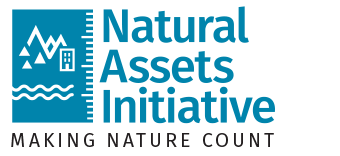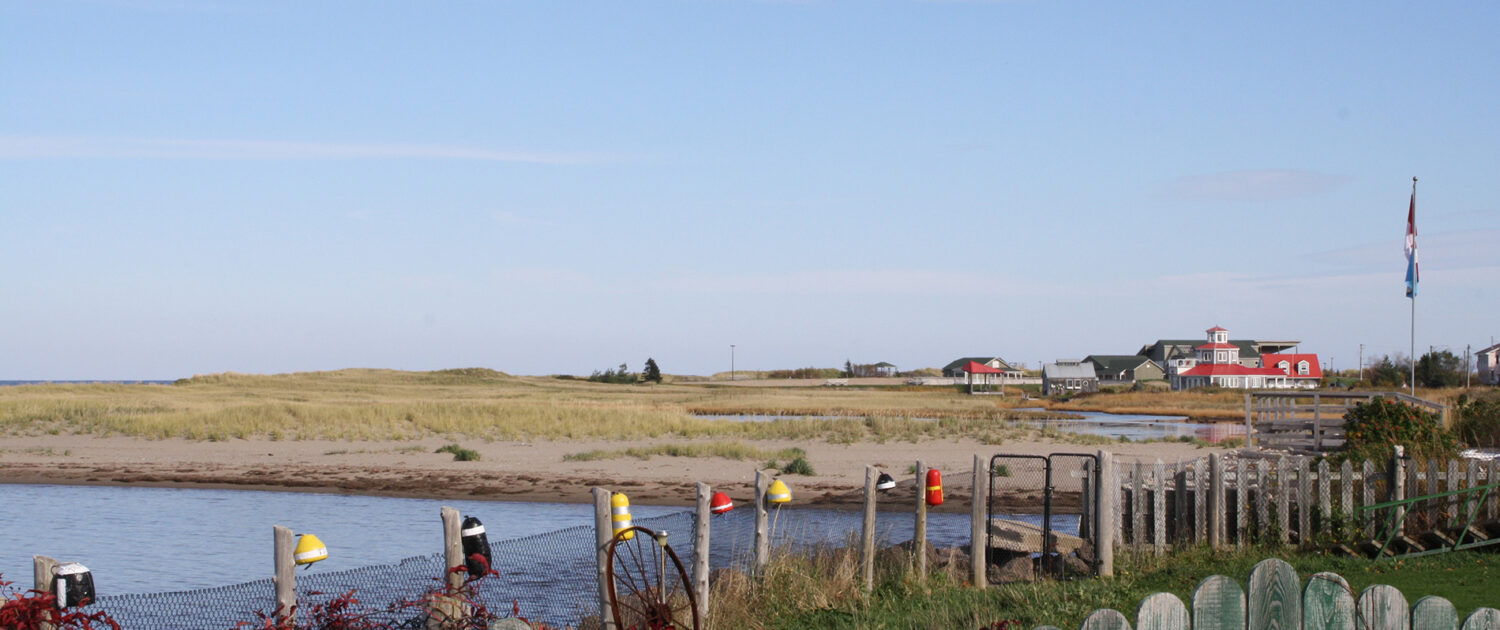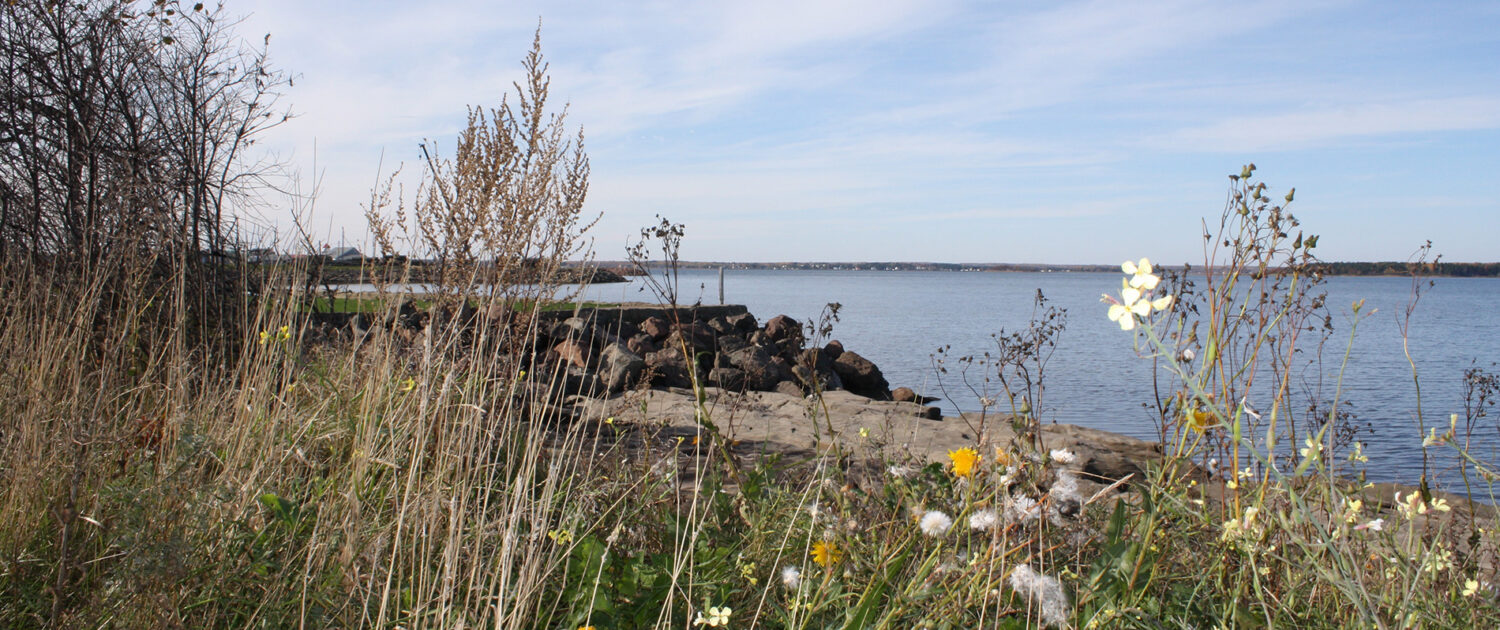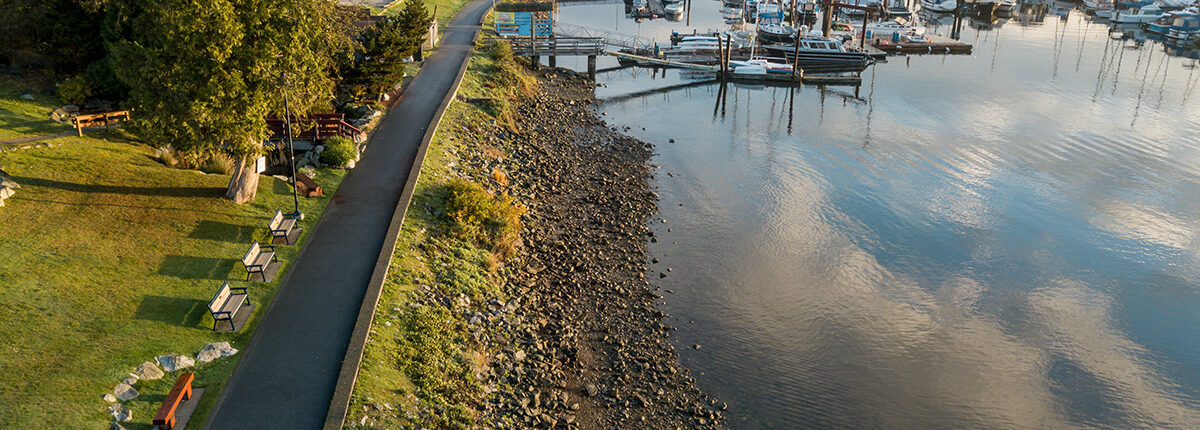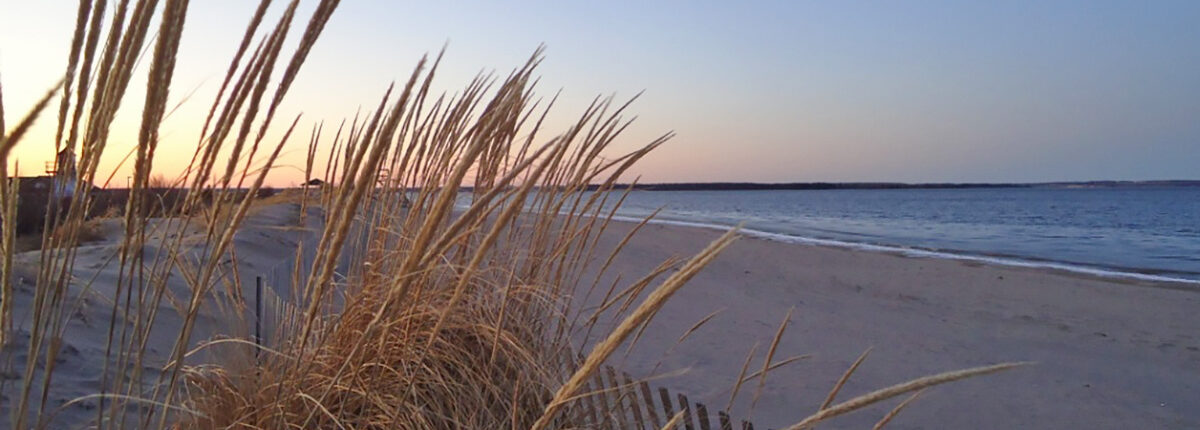The Coastal Assets pilot project with the Town of Gibsons, B.C. and Pointe-du-Chêne, N.B. is now complete!
Download the final reports and accompanying technical guidance documents.
Climate change is impacting communities all around the world. For coastal communities, an increase in the severity of storms, rising sea levels, and rising ocean temperatures are threatening coastal property values, tourism, recreational activities, fisheries, and biodiversity.
Historically, many communities and property owners have tried to address these threats through the building of sea walls and other engineered methods. MNAI worked with the Town of Gibsons and Pointe-du-Chêne to explore nature-based infrastructure solutions to either complement or replace engineered solutions.
This project developed a Coastal Toolbox, a GIS-based simulation and analytical tool designed to help local governments identify, prioritize, and manage key coastal natural assets as part of their day-to-day asset management practices. Local governments could use the toolbox to get a preliminary evaluation of coastal storms, beach erosion, offshore wave propagation, flooding, and structural damage with a special emphasis on Canadian shorelines.
The aim is for the tool to serve as both an exploratory learning tool for Canadian municipalities and as a “first pass” evaluation of the flood and erosion mitigation benefits that coastal natural assets provide. Assessments from the Coastal Toolbox will help communities decide whether more detailed studies are warranted, aid in community outreach and education, and inform the design, development and proposal of asset management policies that consider coastal natural assets.
We presented the findings in our previous Coastal Resilience blog in March, and here, we talk to Michelle Lewis, Natural Asset Technician for the Town of Gibsons, about the project and how their participation helped develop the tool.

Michelle Lewis
Natural Asset Technician, Infrastructure Services Department
Town of Gibsons, B.C.
Question
Michelle
Why did Gibsons embark on this project?
Gibsons’ foreshore provides an important seawall that protects the waterfront from the consequences of climate change, particularly the unavoidable effects of storm surges and sea-level rise. If the storm surges and sea-level rise negatively impact the foreshore, we recognize that engineered alternatives would be required and the costs associated would be extensive.
We completed a foreshore condition assessment in 2014 which provided recommendations for a long-term master plan for the redevelopment of the foreshore. With this MNAI project, we were looking to understand the implications of these climate-related events, and specifically, what role (if any) natural assets could play in the protection of the foreshore.
What did you learn from this project?
The project showed the importance of protecting the existing natural assets for their ability to mitigate a measure of storm damage.
However, we also discovered the model needs to be calibrated to work with the beach grain size that’s typical of the West Coast, which is generally rockier.
Why is this project important?
We recognize that sea level rise, an increase in storm frequency and severity, and ongoing consequences of climate change are unavoidable. We need to find ways to address these threats that are sustainable and cost-effective.
What are the Town of Gibsons’s next steps?
We plan to integrate the results of this project with our Watershed Mapping (Source to Sea) project. The overarching goal is to understand, measure, value and manage the natural assets to ensure their health, and thus ensure a reliable flow of municipal services, as well as diverse co-benefits.
We’ll be presenting these project results to council with recommendations for reimagining and redeveloping the foreshore; this could include exploring planned/managed retreat.
“MNAI’s work on the Managing Natural Assets to Increase Coastal Resilience pilot project, with its special emphasis on Canadian shorelines, will help local governments trying to identify, prioritize, and manage key coastal natural assets and explore nature-based infrastructure solutions. NRCan is pleased to have supported this work, and we look forward to seeing how MNAI’s new guidance and Coastal Toolbox will help communities move forward on climate change adaptation using coastal natural assets.”
– Rory Gilsenan, Director General, Lands and Minerals Sector, Natural Resources Canada
With sufficient funding, the next steps for MNAI could include:
- Refining the tool to incorporate gravel/cobble beaches.
- Transferring the Coastal Toolbox to an online environment to improve accessibility.
- Furthering the test tool with a cohort of communities and/or several communities that share a coastline who are experiencing similar issues (similar to a watershed-scale but tailored to the coastal environment).
- Integrating opportunities for peer support and knowledge exchange as part of project design.
With more than 600 million people (around 10 per cent) around the world living in coastal areas that are less than 10 metres above sea level (United Nations report), adapting to climate change and mitigating its impacts is crucial, and the development of this Coastal Toolbox method is just the beginning of exploring what role natural assets can play. It was just as beneficial to discover what the toolbox could do as what still needs further development.
